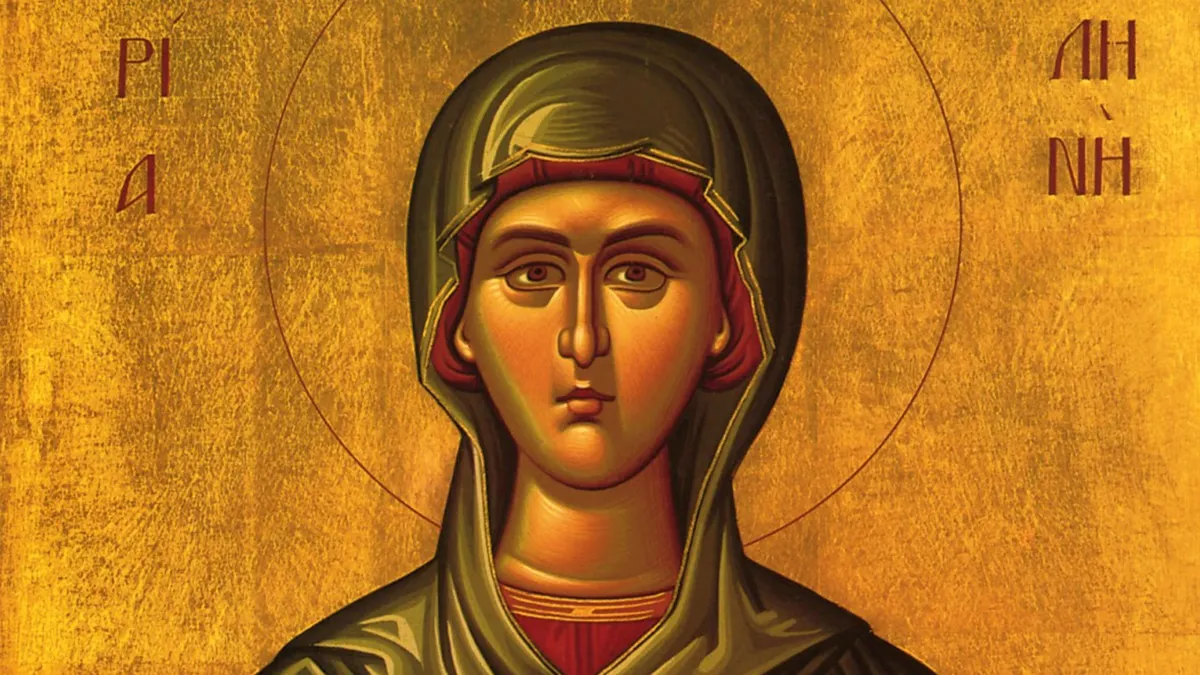Table of Contents
As historian Geoffrey Blainey notes, “At no other decade in the first thousand years of Christianity were women as influential as they were during Jesus’ own brief ministry.” Women abound in the Gospel stories – and a confusing number of them are called Mary. Including not just Jesus’ mother, but another key female figure in Christianity, Mary Magdalene.
But, while Mary Magdalene is one of the most important women in the Bible, as well as a saint, she’s also a grossly misunderstood figure.
Not least of which is the common characterisation of her as a reformed prostitute.
One of the main misconceptions about Mary Magdalene is that she was a sex worker, who repented and then started following Jesus […]
Where does this idea comes from? Well, blame Pope Gregory. Back in the sixth century, he said that the prostitute, Mary Magdalene, and Mary (Lazarus’ sister) were all the same person.
While the woman in Luke 7:36-50 is described as a “sinner” or “liv[ing] a sinful life” (depending on the translation), the nature of her sin is not described. That she was a prostitute is inferred by the act of her wiping Jesus’ feet with her tears: in that time and place, the only women with loose hair would likely have been prostitutes.
But that woman is never named, and she certainly wasn’t Mary Magdalene.
It was not until 1969 that the Catholic Church admitted the mistake […]
Who was Mary Magdalene, then? It’s believed she came from a fishing village. Mary Magdalene was pretty independent for Biblical times, and it has been suggested that she had money and a high social status.
The Gospels have slightly different versions of the same people and events, but Mary Magdalene’s presence remains fairly consistent throughout them all.
Both the Gospels of Mark and Luke confirm that Mary Magdalene started following Jesus after he cast seven demons out of her.
Demonic possession in the ancient world is widely supposed to be a misunderstanding of mental illness or even epilepsy, but “casting them out” is consistent with the Gospel descriptions of Jesus as a healer.
And Mary Magdalene went on, according to the Gospels, to be present at the major events in Jesus’ subsequent life, indeed in Christian history: the crucifixion and resurrection. In fact, Mary was not just one of the women who discovered the empty tomb. According to John, it was Mary who “came to the tomb early, while it was still dark, and saw that the stone had been taken away from the tomb”. While the men see only the empty tomb, Mary shortly after becomes the first disciple to see the resurrected Jesus (even if she at first mistakes him for a gardener).
Hence [she] is called in some Christian traditions the “apostle to the apostles” […]
July 22 is the day Mary Magdalene is celebrated in the Catholic calendar. Though until recently this was just a memorial day. It was not until 2016 that Pope Francis declared it a “feast day”.
This consecrates Mary Magdalene as the “apostle of the apostles” and places her on the same level of the other apostles.
But, if the Gospel accounts of Mary Magdalene have been wildly misinterpreted, accounts of her later life in apocryphal texts and popular mythologies are even wilder. Not least the idea that Mary Magdalene married and had children.
This is one of the most popular (and controversial) theories, which has gained a lot of popularity thanks to books such as Dan Brown’s The Da Vinci Code. The speculation started based on a sixth-century document called “The Story of Joseph and Aseneth”, which Simcha Jacobovici and Barrie Wilson (who translated the text) claim is about Jesus and Mary Magdalene.
Jacobovici and Wilson went on to publish a book named The Lost Gospel: Decoding the Ancient Text that Reveals Jesus’ Marriage to Mary Magdalene. No church supports this theory.
In another case of muddled identity, many claim that the effeminate-looking disciple at Jesus’ right hand in Da Vinci’s The Last Supper, generally agreed to be John “the Beloved Disciple” is Mary Magdalene. Other legends claim that Mary Magdalene ended up in France (then Roman Gaul).
They were supposed to be pushed into the sea to die, but divine intervention had them reach France safe and sound.
Mary Magdalene and others went on to spread the Gospel, until she got old and went to live in seclusion in a cave, where she ended up dying. Charles II eventually found some bones there in 1279, which are believed to belong to Mary Magdalene.
The bones were then given to Dominican monks, who adorned her skull with gold and put it on display. The skull can be found in a basilica at Saint-Maximin-la-Sainte-Baume in southern France.
Finally, as we approach Easter, Mary Magdalene is associated in several stories with the tradition of Easter eggs.
One story says that Mary Magdalene was carrying a basket of hard-boiled eggs when she visited Jesus’ tomb. When he appeared to her after resurrecting, the eggs changed color.
The other story is about Mary Magdalene going to to Rome and seeing Emperor Tiberius. Everyone visiting the emperor was supposed to bring him something, so she brought an egg.
Mary Magdalene proceeded to explain that Jesus resurrected, to which the emperor replied that what she was saying would be just as impossible as an egg changing color. This is when the egg turned red.
MSN









